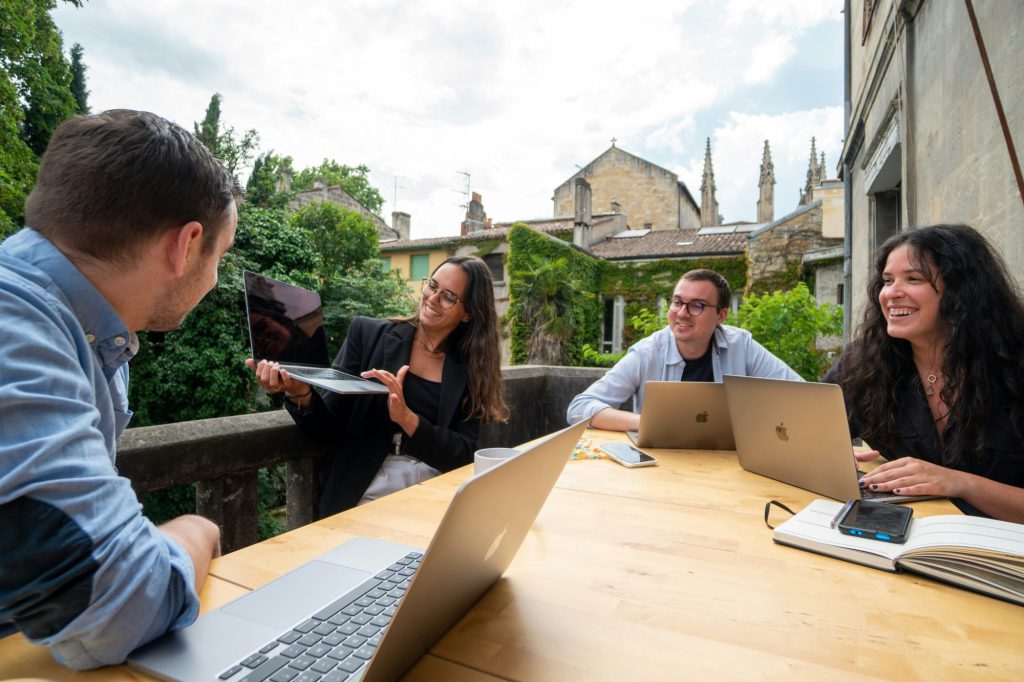
New construction developments promise innovation, growth and progress, shaping the future of our towns and cities. But, amid the concrete and steel, it is important not to overlook the value of community engagement.
In recent years, the importance of involving residents and businesses in the planning and execution of construction projects has become increasingly recognised.
Working with the community is not just beneficial, but indispensable in the process of creating sustainable, thriving urban environments.
Understanding the community
It’s vital to listen to the community from the very beginning. Engage with them through meetings, focus groups and surveys; establish what really matters to them and what sort of things they would like to see added to their neighbourhood.
It may be that the community has a particular amenity need, such as for new shops or for more parking spaces with any new development, or perhaps the neighbourhood has a high proportion of buildings in a particular style with which you would be better off trying to fit in.
It is also worth thinking about the access routes during and after the proposed construction. Can you find a route for your heavy vehicles to use during the build that best suits the community? And after the new houses are up, how is this going to affect traffic in and around the area?
Empowering stakeholders
Involving the residents in the decision-making process can give them a sense of ownership over the development and a sense of pride. It also helps to deliver on your commitment to give the community something it really wants and needs.
It can also help you to understand the community better and potentially address problems that you had not foreseen, resulting in better engagement with the community and a better development overall.
Residents will appreciate you recognising and respecting their local knowledge, expertise and traditions.
Transparency and trust
Open, honest communications with the community, with accessible information online and in physical form through the neighbourhood, can reassure neighbours about the development and help them to feel involved.
When members of the community trust you, they are more likely to come to you with any issues first, giving you a chance to work with them to resolve matters. To do this, it can help to have named individuals with whom the community can interact.
Use clear and accessible language to let the community know about project updates, goals, timelines and potential impacts. Avoid technical jargon and explain how and why decisions are being made during the project.
Addressing concerns
Set up formal and informal feedback systems in which neighbours can express concerns. Invite people to have their say and address any issues collaboratively. Demonstrate your willingness to make changes based on what the community has to say.
Cultivate a long-term relationship
Don’t end the connection when the development has finished. Take part in community events and be a trusted partner for future projects. An option could be to sponsor local youth sports or public amenities such as landscaping or Christmas lights. You could also maintain regular communication channels such as newsletters, social media updates or community meetings, and share updates on the project’s impact, success stories or any upcoming initiatives.
All this can help to make sure you’re building not just a development, but a great community. At LW Developments, we aim to have an impact in our communities far beyond bricks and mortar. Bringing people together is at the core of our philosophy.

Dean Williamson MRICS